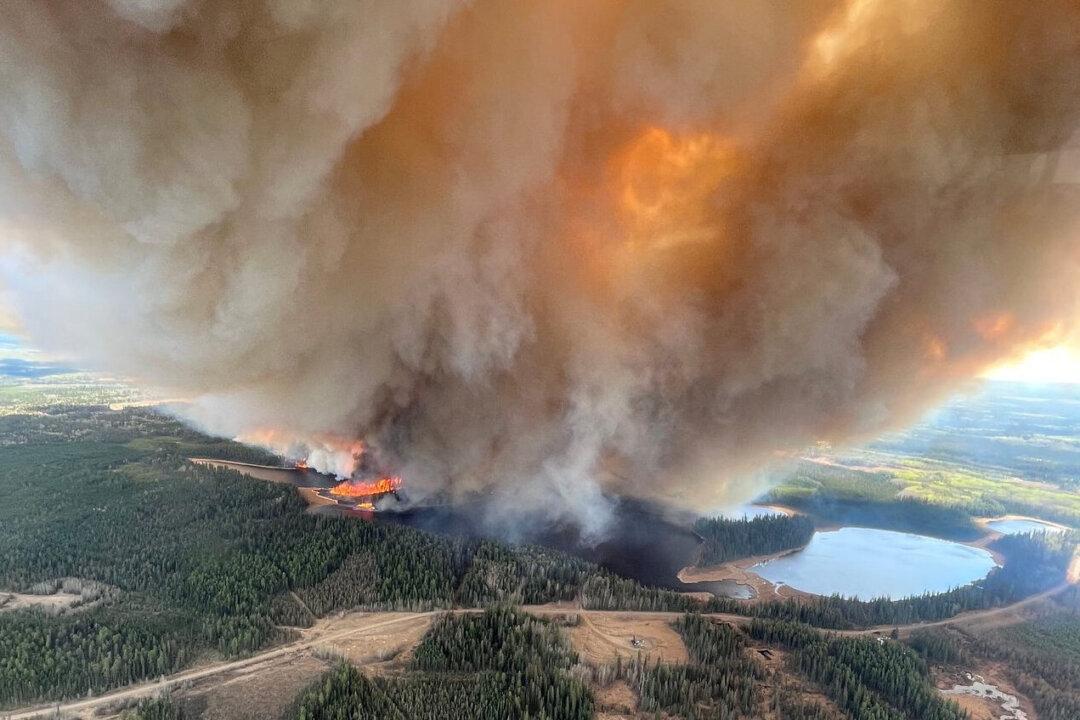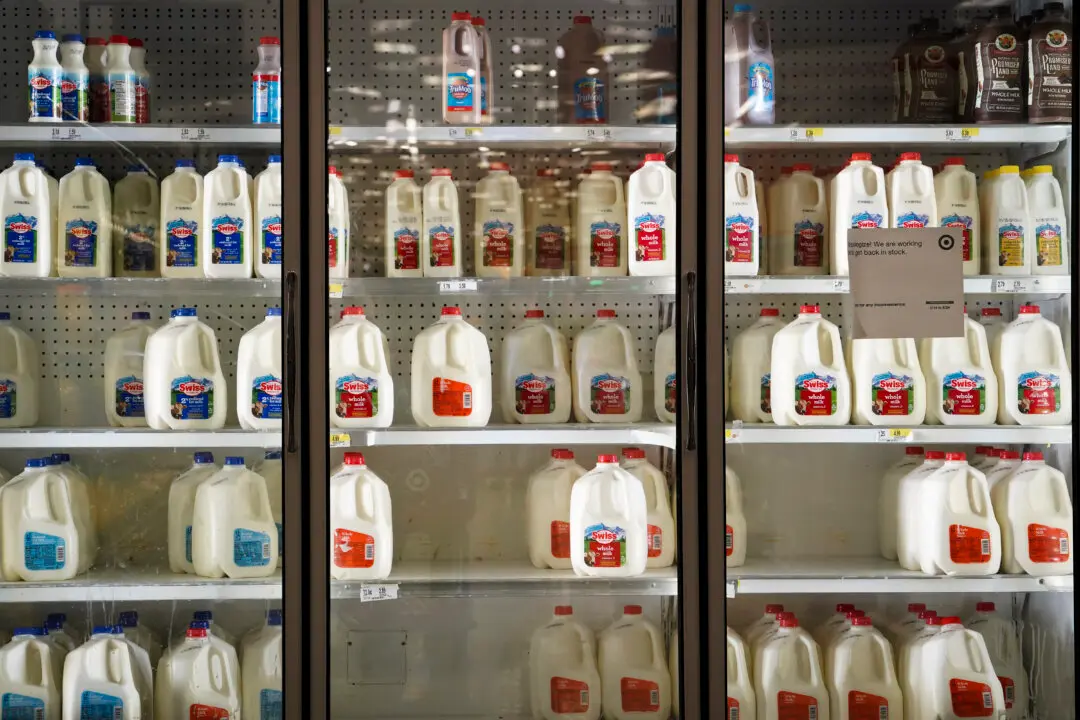New York City has become one of the most polluted cities in the world as smoke from Canadian wildfires enters the United States.
According to IQAir, which provides real-time air quality information, New York City was ranked at the top along with Kuwait City as the most polluted city as of 4:03 a.m. ET on June 7, with an Air Quality Index (AQI) score of 170, a level classified as “unhealthy.”





